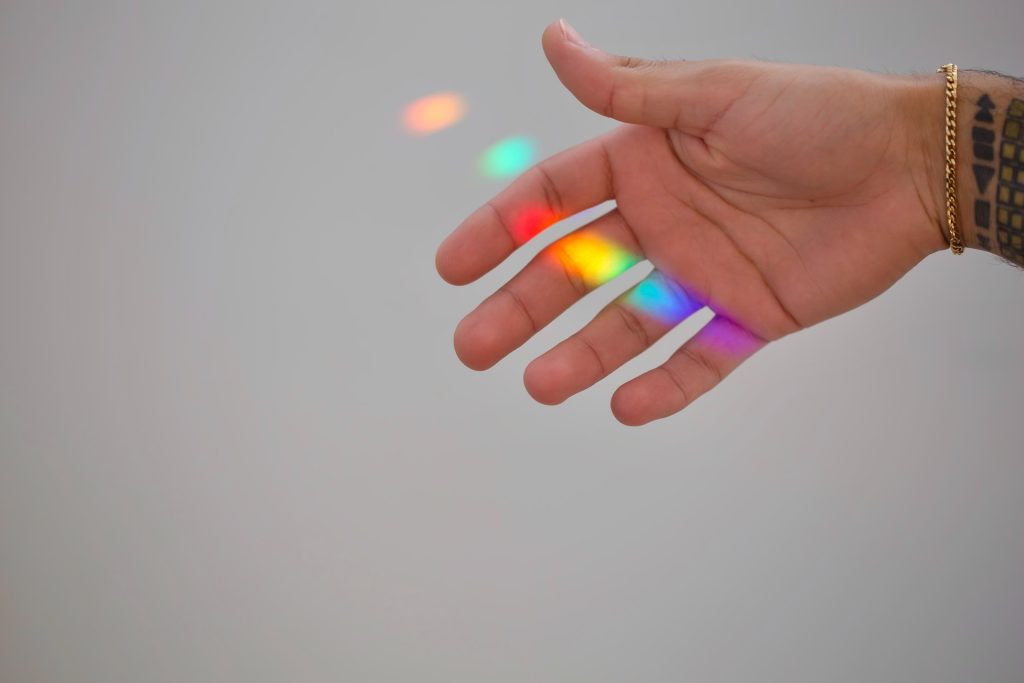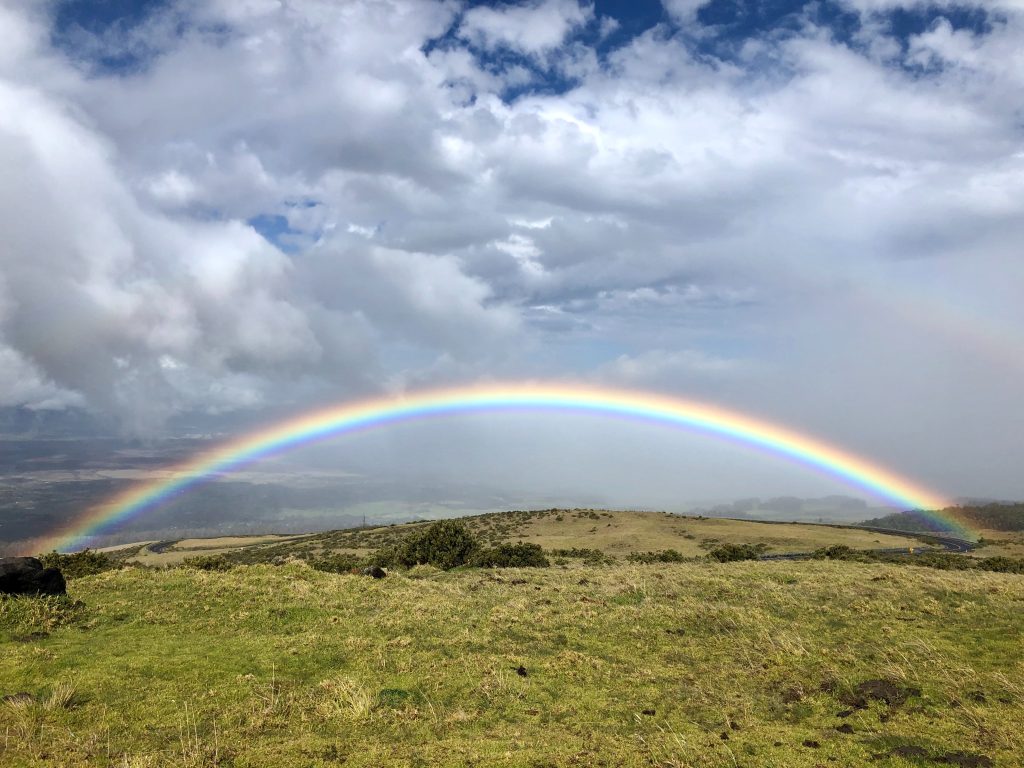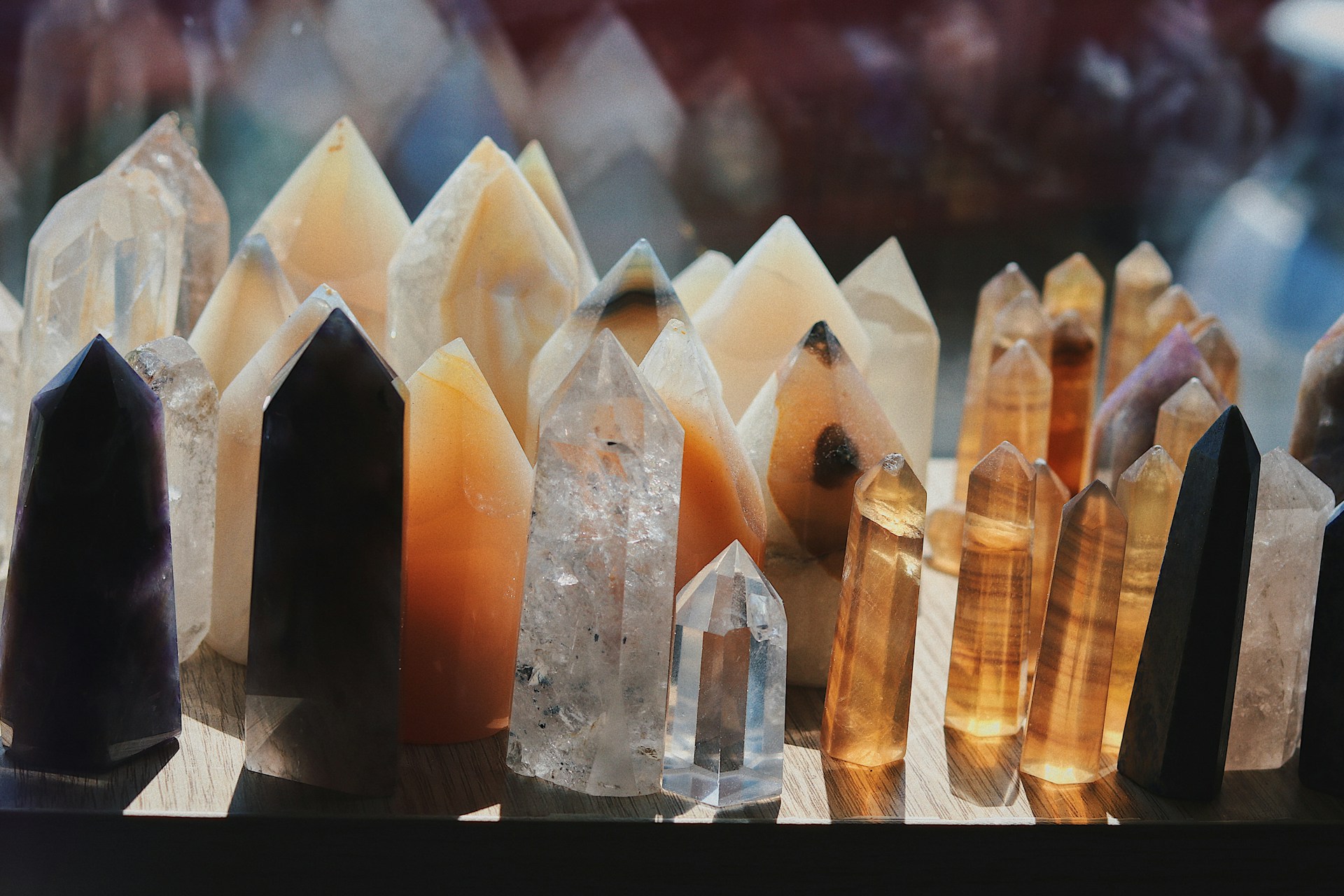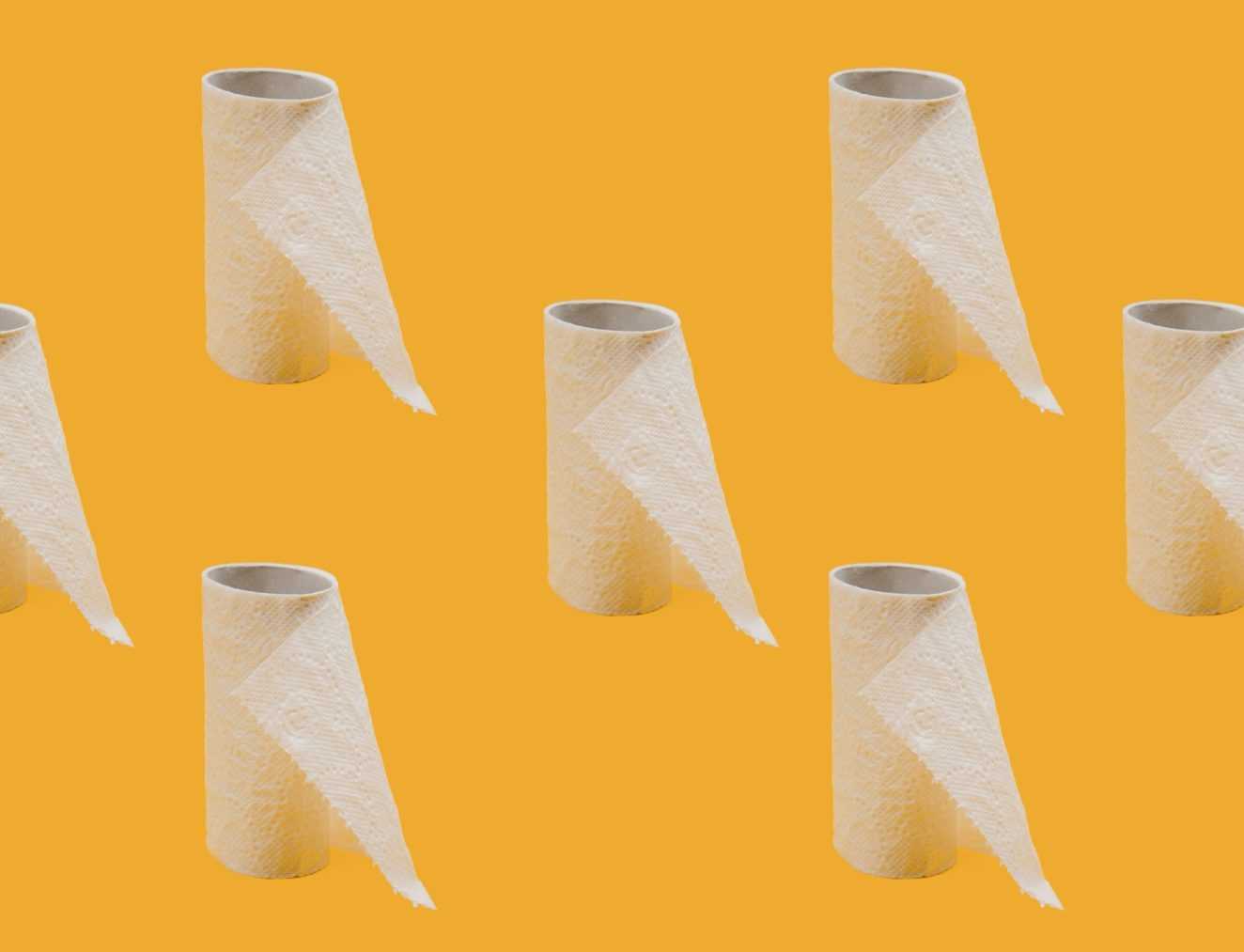Rainbows have fascinated humanity for centuries with their stunning and seemingly magical appearance. Yet, beneath their ethereal beauty lies a fascinating scientific phenomenon.
In this blog post, we will embark on a journey through the intricate science of how rainbows are formed, sprinkle in some captivating fun facts, and delve into the enchanting myths about pots of gold at rainbow’s end. Prepare to be captivated by the science and stories behind these magnificent arcs of color.

The Science of Rainbow Formation
Rainbows are the result of a combination of optical and meteorological phenomena. They occur when sunlight, which appears white, is refracted (bent) and dispersed by water droplets in the atmosphere. Each droplet acts like a tiny prism, breaking the light into its constituent colors through a process called dispersion. The light is then internally reflected off the inside surface of the droplet and refracted again as it exits the droplet, creating the iconic spectrum of colors we see in a rainbow.
This process doesn’t just happen once; it occurs continuously as light travels through countless water droplets in the sky. The result is a circular arc of colors with red on the outer edge and violet on the inner edge. This primary rainbow is known as the “primary” or “first-order” rainbow.

The Role of Double Rainbows
Double rainbows are a stunning optical phenomenon that occurs when light undergoes two internal reflections within a raindrop. The second reflection creates a secondary rainbow, which is dimmer and has the order of colors reversed compared to the primary rainbow. It appears outside the primary rainbow, with violet on the outer edge and red on the inner edge.
Captivating Fun Facts About Rainbows
Supernumerary Rainbows: Some rainbows have additional fainter bands of color just inside the main arc. These are called supernumerary rainbows and are the result of interference between light waves.
White Light Dispersion: Rainbows demonstrate that white light is composed of a spectrum of colors. This fact was famously proven by Isaac Newton using a prism.
Full Circles: While we often see rainbows as semi-circular arcs, they are actually full circles. However, the ground usually obstructs the bottom half of the circle.

Mythical Pots of Gold and Leprechauns
The pot of gold at the end of a rainbow is a well-known myth, often associated with leprechauns in Irish folklore. The legend suggests that if you find the end of a rainbow, you’ll discover a pot of gold. Of course, this is purely mythical because rainbows are optical illusions, and they don’t have a physical end point. The idea of chasing a rainbow’s end for treasure is a whimsical tale that adds to the mystique of these natural wonders.

Rainbows are not only beautiful but also a captivating blend of science and myth. Understanding the intricate process of their formation enhances our appreciation of their natural beauty. Next time you spot a rainbow arching across the sky, remember that it’s not just a colorful arc; it’s a testament to the remarkable interplay of light and water in our atmosphere. And as for those pots of gold, well, they may be elusive, but the real treasure is the awe-inspiring science behind these natural spectacles.





